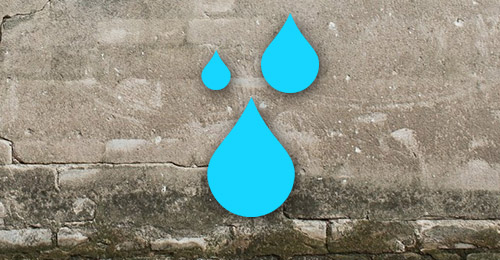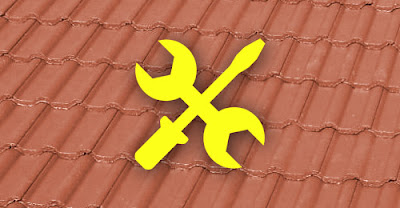By:Peter Huber
posted by: bhis.com
Source: http://bhis.com.au/2013/02/overcoming-damp-problems/
 From time to time the CSIRO is asked to suggest remedies for dampness
caused by rain penetrating solid masonry walls, below are some of their
invaluable findings and suggestions which are worth passing on.
From time to time the CSIRO is asked to suggest remedies for dampness
caused by rain penetrating solid masonry walls, below are some of their
invaluable findings and suggestions which are worth passing on.Single-leaf construction cannot be expected to be water-tight, especially if it is subjected to wind-driven rain. If the wall thickness is increased it should be more resistant to rain penetration, but poor workmanship in the form of unfilled joints and un-tooled face joints can result in walls that are prone to dampness despite their thickness and apparent solidity.
Often people seek a quick and easy “brush-on” treatment, preferably to be applied from the inside, but we consider the latter to be unrealistic and a false economy. External treatment aimed at preventing the masonry from becoming damp in the first place is a more sound approach. Some possibilities are described:
 SILICONE TREATMENT
SILICONE TREATMENT CEMENT-BASED PAINT
CEMENT-BASED PAINTThis is a useful treatment. Two coats should be applied on the wall after the necessary preparation. A minimum preparation would be to repair gaps and defects in the mortar joints, but in practice “bagging” of the whole wall is advisable. A mixture of 1:4 cement: plasterer’s sand is suggested for this, the wall being “wetted down” before starting.
 ORGANIC PAINTS
ORGANIC PAINTSIf organic paints are to be used “bagging” is an essential preparation. As long as the paint film is intact the system will be effective, but once cracking starts water will be trapped behind the paint. This water will take a long time to evaporate and, under adverse conditions, the wall can become progressively damper. In any case the life of the paint system there-after is likely to be short.
 RENDERING
RENDERINGThis treatment is virtually permanent and should be effective in all but the most severe conditions. For resistance to rain penetration a rough-textured and porous rendering is normally more effective than a dense and impermeable plain finish. Suitable cement: l lime: sand mixes are given in the British Standard Code of Practice CP 221, “External rendered finishes”, available from the Standards Association of Australia.
The discussions and hint given above will suit most homes that have damp problems, in fact silicone treatment seems to be the most popular, especially in the case where the external walls are face bricks.
If you have any further questions please call our office.

We want you the reader to write to us on, any Building matters, and questions or if you seek advice, we will gladly answer any topic that you wish us to discuss, so please send your letters to “B. & H. I. S.” C/O. 17 Battye Road, Kardinya, W.A. 6163 or fax/ph (09) 331-3031








